By Alex Sosnowski, AccuWeather senior meteorologist
May 12, 2018, 2:08:37 PM EDT
The trade winds are expected to kick back up over the Hawaiian Islands this weekend, sweeping smoke and vog from the Kīlauea eruption away from most of the archipelago.
Kīlauea is one of the most active volcanoes in the world and is located on Hawaii's Big Island.
Vog is smog or haze that forms when moisture is present, and it contains smoke, dust and gases from a volcanic eruption.
New fissures from the Kīlauea volcano developed and began to spray lava and spew poisonous gases into residential areas during early May.

Gases leak from fissures caused by the Kilauea Volcano eruption near Leilani Estates, Hawaii, during early May, 2018. (AccuWeather Photo/Jonathan Petramala)
During the middle of the week, a breeze from the northeast, known as the northeasterly trade winds, contained vog, including low levels of sulfur dioxide from the erupting Kīlauea vents, to the southern and western side of the Big Island.
On Thursday and Friday, light southeasterly winds allowed moisture to gather around the islands, and also caused pollutants to spread northwestward toward the smaller islands of Maui, Lana'i, Moloka'i and O'ahu.

The northeast trade winds have resumed this weekend. As a result, southern and western areas of the Big Island will continue to be plagued by hazardous vog.
A small clockwise circulation, or eddy, occurs in the shadow of the mountains of the Big Island when the northeast trades winds are present.
This eddy will continue to allow some gas and smoke from the vents on the southeastern part of the Big Island to spiral northward along the west coast of the Big Island. Periodic vog formation is likely in this area, including in the communities of Miloli'i, Captain Cook, Holualoa and Kailua-Kona.
RELATED:
Kīlauea Volcano: More evacuations ordered as fears of explosive eruption continue
Key volcano terms you need to know to understand these fiery geological structures
As lava advances, some residents rush home to grab what they can
The silent dangers of the Kilauea eruption
Man records massive lava fountain exploding over his backyard in Hawaii
Kīlauea Volcano: More evacuations ordered as fears of explosive eruption continue
Key volcano terms you need to know to understand these fiery geological structures
As lava advances, some residents rush home to grab what they can
The silent dangers of the Kilauea eruption
Man records massive lava fountain exploding over his backyard in Hawaii
Low levels of sulfur dioxide can add to the risks for people with respiratory problems and may cause health problems in other individuals.
Sulfur dioxide irritates the skin as well as the eyes, nose, throat and lungs. The symptoms can include pain when taking a deep breath, coughing, throat irritation and breathing difficulties.
"Concentrated levels of sulfur dioxide, from smog, killed thousands during December 1952 in London and 20 people in Donora, Pennsylvania, in October 1948," according to AccuWeather Meteorologist and Air Quality blogger Faith Eherts.

Steam and gas rise from Kilauea's summit crater in Volcanoes National Park, Hawaii, Thursday, May 10, 2018. The park is closing Friday due to the threat of an explosive volcanic eruption. (AP Photo/Jae C. Hong)
In addition to sulfur dioxide, vog also contains low levels of sulfuric acid, which can cause damage to painted surfaces and metals over time.
"The trade winds are expected to weaken by midweek, but likely not to the point where vog returns to the smaller islands of Hawaii," AccuWeather Senior Meteorologist Kristina Pydynowski said.
However, as long as the fissures continue to erupt and spew dangerous gases, periodic wind shifts later in May may allow the vog to spread northwestward at times.
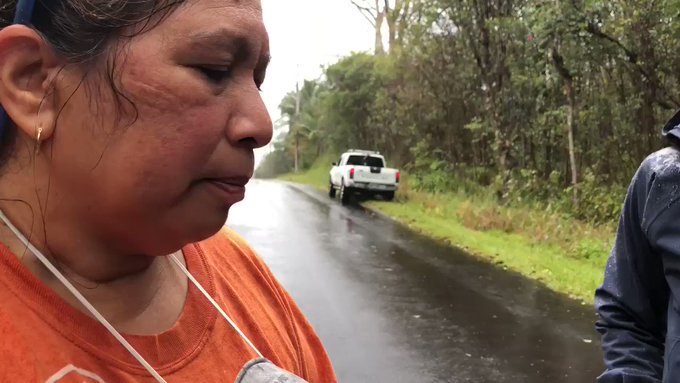
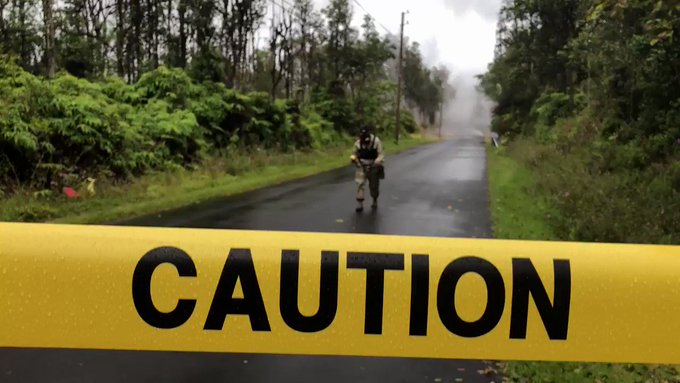
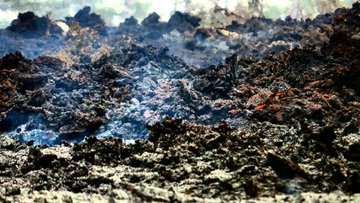

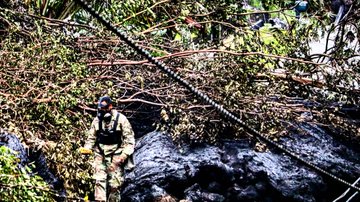
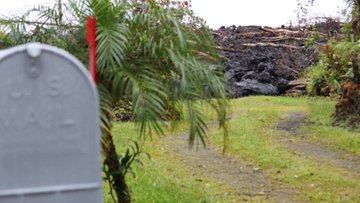

No comments:
Post a Comment